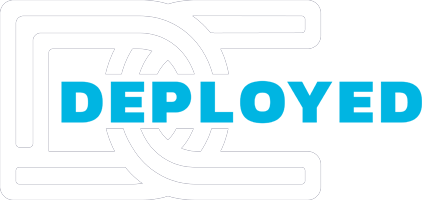The Data Center Secrets Big Tech Doesn’t Want You to Know
When most people think of data centers, they picture giant, polished facilities run by the world’s biggest technology companies. Sleek marketing suggests these corporations have perfected the formula. But behind the curtain, the truth is more complex. There are practices, costs, and challenges that rarely make it into the glossy brochures, and knowing them can change how you approach your own data center projects.
The Myth of Unlimited Capacity
Big Tech makes it seem like capacity is endless. Need more compute, more storage, more bandwidth? Just plug in and scale. But in reality, every data center fights the same battles: power availability, cooling constraints, and physical space.
Expanding capacity isn’t magic; it’s careful planning, modular design, and constant adaptation. Pretending otherwise only hides the real work happening in the background.
The Hidden Cost of Uptime
Uptime is marketed as flawless, but perfection comes at a steep price. Behind every “five nines” promise are layers of redundancy, backup systems, and operational teams working around the clock. These costs don’t vanish; they’re absorbed, spread, or passed on to customers.
Smaller organizations need to know that achieving similar reliability requires more than buying hardware; it demands strategy, investment, and disciplined risk management.
The Vendor Lock-In Trap
One of the industry’s least-discussed realities is how easy it is to become trapped in vendor ecosystems. Big Tech designs infrastructure solutions that work seamlessly, until you need flexibility. Migrating away or integrating outside systems often comes with penalties, hidden costs, or technical hurdles.
The lesson? Build with independence in mind. Open frameworks and clear exit strategies prevent long-term headaches.
Sustainability is More Complicated than It Looks
Green energy pledges sound good on press releases, but the ground truth is messy. Renewable integration, water usage for cooling, and energy storage are all complex, region-specific challenges. Many large operators offset with credits rather than running fully sustainable operations.
For organizations designing their own facilities, sustainability means tackling infrastructure design head-on, not relying on broad, simplified promises.
What this Means for Your Projects
The lesson isn’t that Big Tech is misleading, it’s that they don’t share the whole picture. And understanding that picture gives you leverage.
- Plan for capacity as a constraint, not an infinite resource
- Treat uptime as an investment, not a guarantee
- Avoid designs that tie you too tightly to one vendor
- Make sustainability part of your build, not just your branding
Conclusion
The secrets of data centers aren’t locked away; they’re hiding in plain sight, behind marketing gloss and simplified narratives. Big Tech wants you to believe the process is seamless. The reality is that it’s messy, challenging, and filled with trade-offs.
But for those willing to dig deeper and plan smarter, that reality is also where the real opportunity lies.




Leave a comment